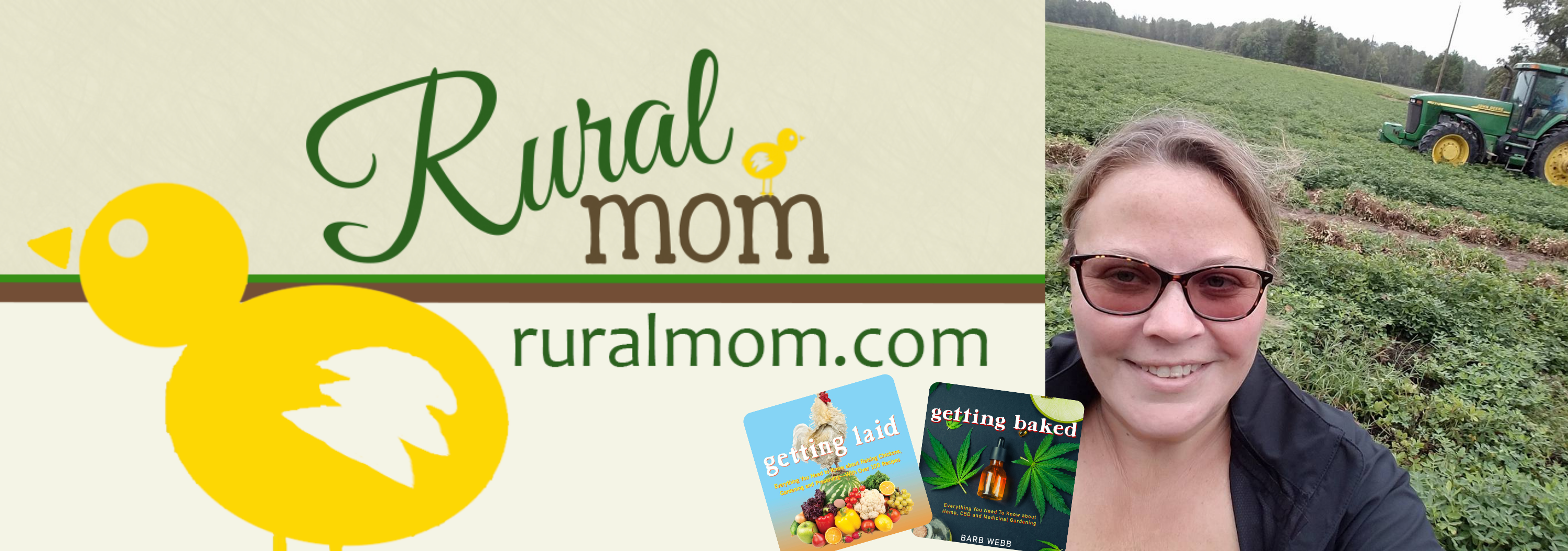It’s easy to grow peppers in your container garden. Peppers are ideal for planting in pots and need very little maintenance. The hardest part is choosing what varieties to grow.
Chili peppers are originally from the Americas. They are prized as a vegetable, spice and as medicine. They play an integral role in Indian folk medicine. Early explorers such as Christopher Columbus and Vasco Da Gama were particularly interested in spices for their economic value.
Spices have been a dominant player in trade since ancient times. In Spanish-speaking areas, hot peppers are generally referred to as chilis. In Australia and New Zealand, hot peppers are called chilis and mild peppers are called Capsicum. Pick your favorites: banana peppers, bell peppers, cayenne peppers, chili peppers, chiltepins, tobascos, ornamentals, and Jalapenos. Peppers are easy to grow in a container garden. They can be started from seed or transplants.
Choosing The Right Container for Peppers
Use your imagination because with this versatile plant, practically any container is okay that has a drain hole. Gardeners use every kind of container imaginable for peppers, from hanging baskets, to whiskey barrels, clay pots, wash tubs, and window boxes.
Generally, the larger the container, the bigger your pepper plant will grow because the smaller sizes will constrict the roots. For that reason, a five gallon or larger container is best for outdoor growing. Ornamental peppers look great in hanging baskets. Lighter colored pots reflect the sun and will keep your plant’s roots cooler.
Watering Pepper Plants
If you choose the smaller containers, you will need to water more frequently since they dry out quickly. Mulching will help retain moisture so they don’t dry out so quickly.
Keeping the soil moist but not soggy is a good rule of thumb for container gardening.
Best Location for Pepper Plants
Partial shade or full morning sun only is best for outdoor plants. For indoor gardening, choose a south window, or the window you have that gets the most sunlight.
Fertilizer Tips
Use a balanced liquid fertilizer about once a week. Fish emulsion is a good fertilizer for pepper plants. If your flowers start dropping off, you’ve probably applied too much fertilizer so cut back on it.
Common Pests of Peppers
Spider mites, whitefly, and aphids are the biggest pests for pepper plants, whether indoors or outdoors. You can combat these pests by washing your plants with soapy water, then rinsing.
Pay particular attention to the underside of leaves since this is where insects love to hide. Indoors, you may find your pets love to chew on them, so keep them out of reach.
Discover more from Rural Mom
Subscribe to get the latest posts sent to your email.




